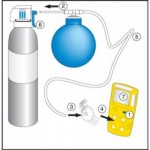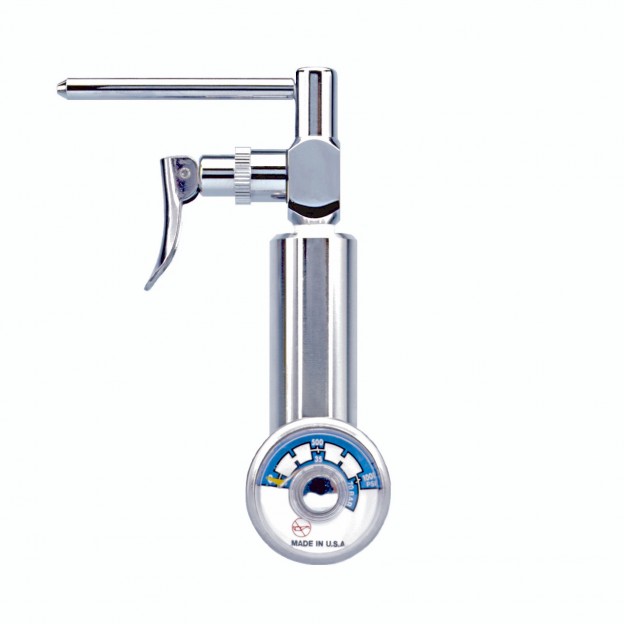What is a bump test? Is it required? How often is it to be performed? OSHA defers to the manufacturers. The manufacturers have different opinions. It is time for some clarity.

Bump Test Defined
OSHA defines a bump test as “a qualitative function check in which a challenge gas is passed over the sensor(s) at a concentration and exposure time sufficient to activate all alarm settings.”
In English, the bump test is the process that verifies “the performance of the gas detector and ensures that sensors are responding to their target gas.” For example, an H2S sensor is exposed to H2S gas to verify it can respond.
Please note, a bump test does not calibrate the sensors.
Bump Test Frequency
OSHA suggests that a bump test “should be conducted before each day’s use in accordance with the manufacturer’s instructions.” Based on OSHA’s suggestion, the matter of bump test frequency is to be decided by the manufacturer’s instructions.
RKI and BW Policy – Two Examples
In a written letter to Major Safety, RKI says:
We do not feel that daily bump testing of our portable instruments is necessary or useful in most situations if the instrument is calibrated once per month. For those customers that might insist on doing a bump test, we recommend no more frequently than once per week. Bump testing of any gas monitor will move up the filters faster than on a unit that is not being bump tested. All 4 gas monitors have a charcoal filter on the CO sensor, and daily exposure to the H2S in a bump test cylinder will shorten the life of the charcoal filter, thus requiring more frequent maintenance of the filter. No matter what is used for the bump or calibration frequency, it is recommended that a bump or calibration be performed immediately if there is ever an incident, if the unit gets exposed to a high gas concentration, if the unit receives a large physical shock or is exposed to silicone poisons.
Honeywell BW says:
As stated in BW Technologies multi-gas detector manuals, to verify that your detector is responding to gas, BW recommends bump testing the sensors before each day’s use. The bump test exposes the detector to a gas concentration that exceeds the alarm set-points to confirm the sensor’s ability to respond. Manually verify that the audible and visual alarms are activated. Calibrate if the readings are not within the specified limits. Taking less than a minute, a functional (bump) test is easy to perform and will ensure that the gas detector is responding and the gas path is not blocked.
Bump Test – How To
A current popular method is the aerosol style bump test gas can with a balloon. The problem with this method is, frankly, it’s a pain. There is now a much easier to way to bump test.
The Gasco Bump-It bump test gas is now the way to perform a “before each use” bump test. Just put the calibration adaptor on your gas monitor, and squirt the gas in the adaptor’s tubing for 1-2 seconds. That’s it. The cylinder is so small it fits just about anywhere. And even better, it does not qualify has hazardous shipping. Click the link for the Gasco Bump-It Cylinder.
Helpful Downloads:
- OSHA Calibration & Bump Test Bulletin
- RKI PDF on Bump Test & Calibration Frequency
- BW Bump Test Bulletin
by Corby Amos

